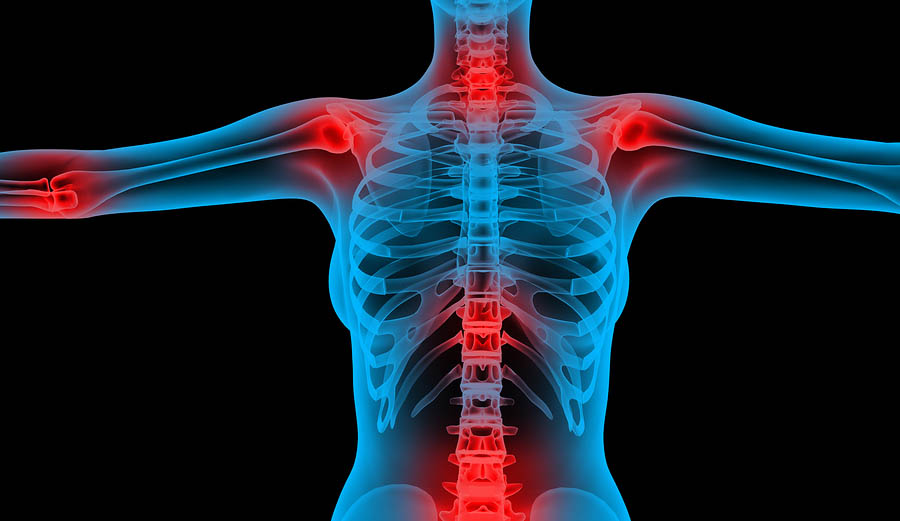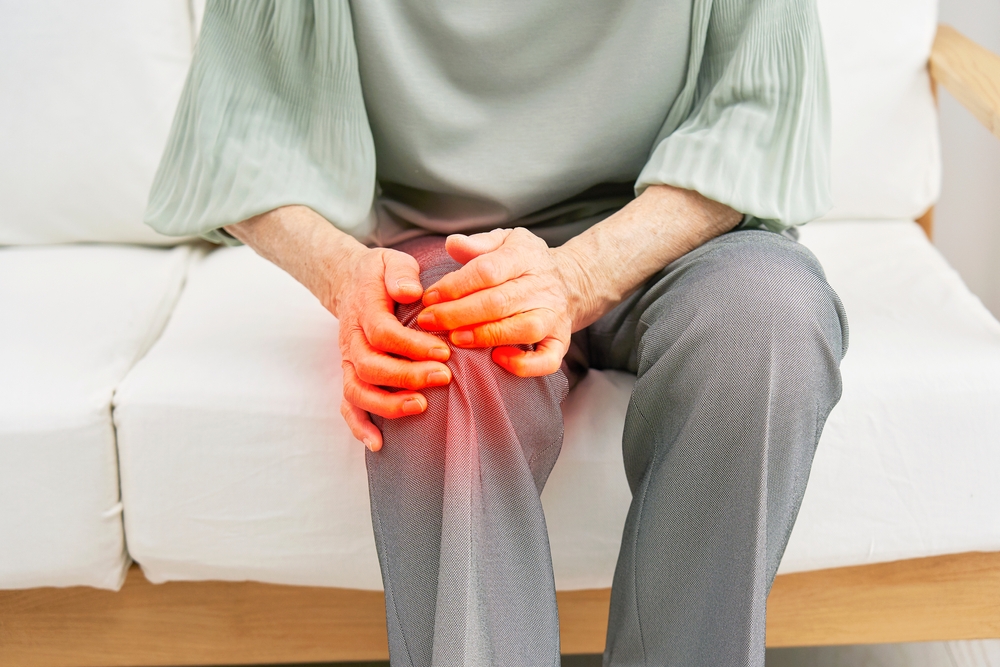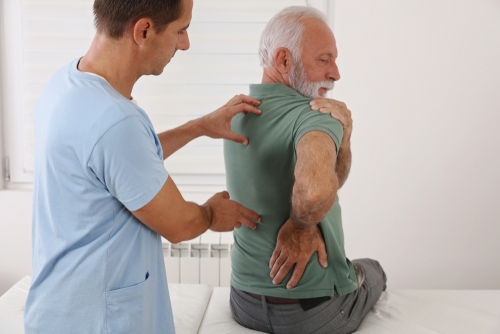Natural Remedies For Joint Pain
Category:

According to the Arthritis Foundation, more than 54 million Americans have some form of arthritis. Though this potentially debilitating health condition can affect a person of any age, those over the age of 60 typically feel its effects the most.
The term itself is a bit misleading, as arthritis comprises a vast range of medical issues that affect the body’s joints. Nevertheless, when most people hear the word, they associate it with the more prevalent sub-type osteoarthritis (OA), otherwise referred to as degenerative joint disease. Both are issues that cause joint pain.
Download Free Joint Pain Remedy Guide
Joint Pain Signs & Symptoms
At best, joint inflammation is uncomfortable. At its worst, it’s incredibly painful in its most severe forms. Common problems associated with arthritis are dull pain, stiffness, hindered mobility, and often permanent erosion of cartilage.
Cartilage erosion occurs when the protective layer between joints and bones wears thin, leading to bone-on-bone contact. Much like oil in a car, cartilage acts as a natural lubricant. An inadequate supply inevitably means increased friction between parts of the body that otherwise are not meant to have contact with one another.
If your loved one has been diagnosed with arthritis, you have probably witnessed them struggle with simple daily, activities like walking, climbing stairs, and even brushing their teeth. All of these actions require joint movement (at the knees and elbows). Those suffering from advanced stages of the disease tend to require assistance when performing these tasks.
Natural Remedies For Joint Pain
Although there is no cure for joint pain in many cases, a number of natural treatments exist for the affliction including regular exercise, hand movements, and heat/ice packs. Painkillers and anti-inflammatory medications are typically prescribed by doctors to ease the discomfort patients feel. However, if you are looking for natural remedies for joint pain, try some of these treatments.
-
Regular exercise – As Newton’s First Law of Motion famously states, “a body in motion tends to stay in motion, while one at rest tends to stay at rest.” This is especially true for patients who have arthritis. According to the Mayo Clinic, one of the best things you can do to strengthen your body’s joints (namely those in your knees and elbows — where arthritis is most prevalent), is to regularly exercise them through a full range of motion. To lessen the impact and provide a cushioning effect for the delicate cartilage, running in cushioned-sole shoes and on soft surfaces (e.g. grass or sand instead of hard concrete) is highly recommended.
-
Hand movements – Elderly individuals who experience joint pain in the fingers and hands can find their symptoms reduced by activities that require dexterity. The Arthritis Foundation points out that activities such as crocheting, knitting and sewing are great examples of this sort of dexterous exercise, as they keep the joints moving back and forth for extended periods of time. As an added bonus, it’s also a terrific creative outlet for older adults, too!
-
Heat and ice packs – tense muscles and joints can be relieved with routine hot/cold treatments. Over the counter and natural products (e.g.Capsaicin is a natural herb found in chili peppers that works wonders when applied topically) can be bought for this purpose. A hot tub or hydrotherapy (jet-equipped bathtub) session works just as well. The trick is to use both in conjunction. The heat will make your body more limber while the cold pack will numb the pain and reduce joint inflammation.
Joint pain does not have to control you or your loved one’s life. By following these tips on a daily basis, arthritis can finally be kept under control naturally.
Subscribe
Date: January 10, 2018
Category:


